I'm trying to resize a plot to fit into my document, but I'm having difficulties getting the plotted diagram do be a square.
Example:
pdf(file = "./out.pdf", width = 5, height = 5)
p <- ggplot(mydata, aes(x = col1, y = col2))
print(p)
aux <- dev.off()
Although the limits for x and y are the same, the plot in the result isn't square. I guess that R makes the enclosing panel 5x5" but doesn't care about the actual diagram size.
How can I unsquash my diagrams?




